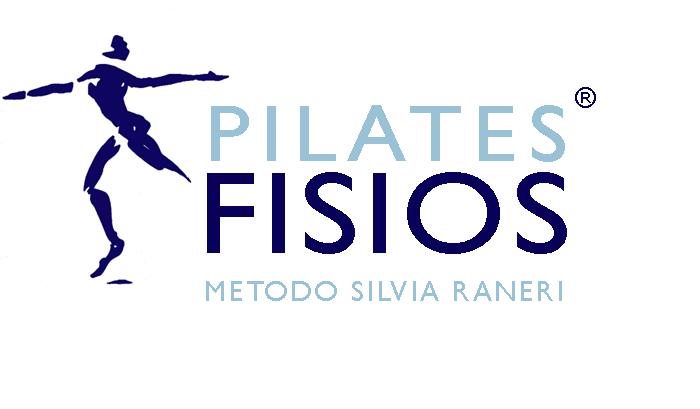Abstract
Background
Pain is one of the most common and troublesome non-motor symptoms in Parkinson’s disease (PD), including low back pain (LBP).
Objective
This study aims to evaluate the feasibility, acceptability, and safety of using Pilates for individuals with PD and LBP, as well as the effect on pain intensity, disability, motor and nonmotor PD symptoms, and quality of life. METHODS: Participants received 24 sessions of supervised Pilates twice a week for 12 weeks, each session consisting of 60 min. The isometric contractions of the core muscles were emphasized.
Results
Fifteen (13%) of the screened patients were enrolled in the study and continued for the entire 2 months (100%). Participants completed the full training in 352 of 360 sessions (98%). Adverse effects were not reported. Pain and disability were significantly improved after intervention (Visual Analog Scale, p = 0.007; McGill Pain Questionnaire, p = 0.034; Roland-Morris Disability Questionnaire, p = 0.035). There were also significant improvements in depressive symptoms (Beck Depression Inventory, p = 0.028) and PD symptoms (Unified Parkinson’s Disease Rating Scale – UPDRSI, UPDRSIII, UPDRS Total). However, there were no statistically significant changes in fatigue and quality of life.
Conclusions
This study suggests that the 12-week Pilates program is feasible and well tolerated by people with PD in mild to moderate stages of the disease. It also appears to be a promising strategy to reduce pain intensity and LBP-related disability, as well as PD motor and non-motor symptoms, which can be associated with this painful symptom. This study provides a basis for future investigations, especially randomized clinical trials.
https://www.bodyworkmovementtherapies.com/article/S1360-8592(22)00102-4/fulltext

